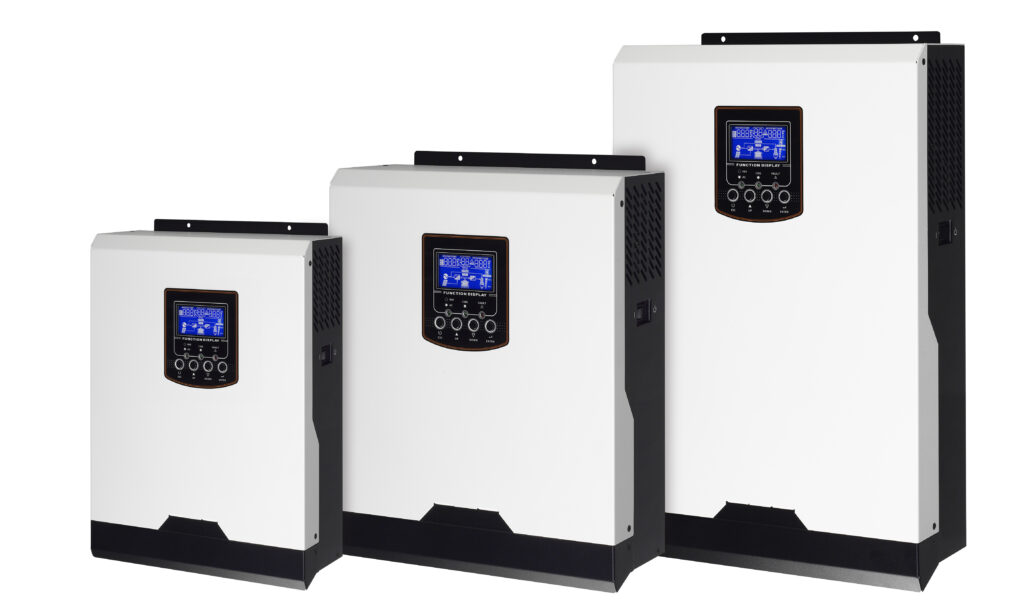Photovoltaic (PV) inverters have seen significant advancements and adoption, but they still face some challenges and have ongoing development trends.
Higher Power Density
The trend in PV inverter development is toward higher power density, where smaller and more compact inverters can handle larger capacities. This helps reduce installation space requirements and lowers overall costs.
Energy Storage Integration
Inverter technology is evolving to accommodate energy storage systems, enabling better integration of batteries and allowing solar energy to be stored and used when needed, even during grid outages.
Smart Grid Interaction
Future inverters are expected to have enhanced smart grid functionalities, such as demand response capabilities, bi-directional communication, and grid management features, to facilitate a more dynamic and responsive grid.
Wide Bandgap Semiconductors
The use of wide bandgap semiconductor materials (e.g., silicon carbide and gallium nitride) in inverter design is gaining attention due to their superior efficiency and higher switching speeds, leading to reduced losses and improved overall performance.
Module-Level Power Electronics (MLPE)
MLPE solutions, like microinverters and DC optimizers, are gaining popularity as they offer enhanced monitoring, shade tolerance, and individual module-level MPPT (maximum power point tracking). This trend aims to improve the energy harvest and system reliability.
Digitalization and Monitoring
PV inverters are becoming more digitally connected, allowing for remote monitoring, data analytics, and predictive maintenance. This trend enhances system performance and allows for proactive troubleshooting.
Power Electronics Innovations
Ongoing research and development in power electronics technologies, such as multi-level topologies and advanced control algorithms, aim to further increase the efficiency and reliability of PV inverters.


